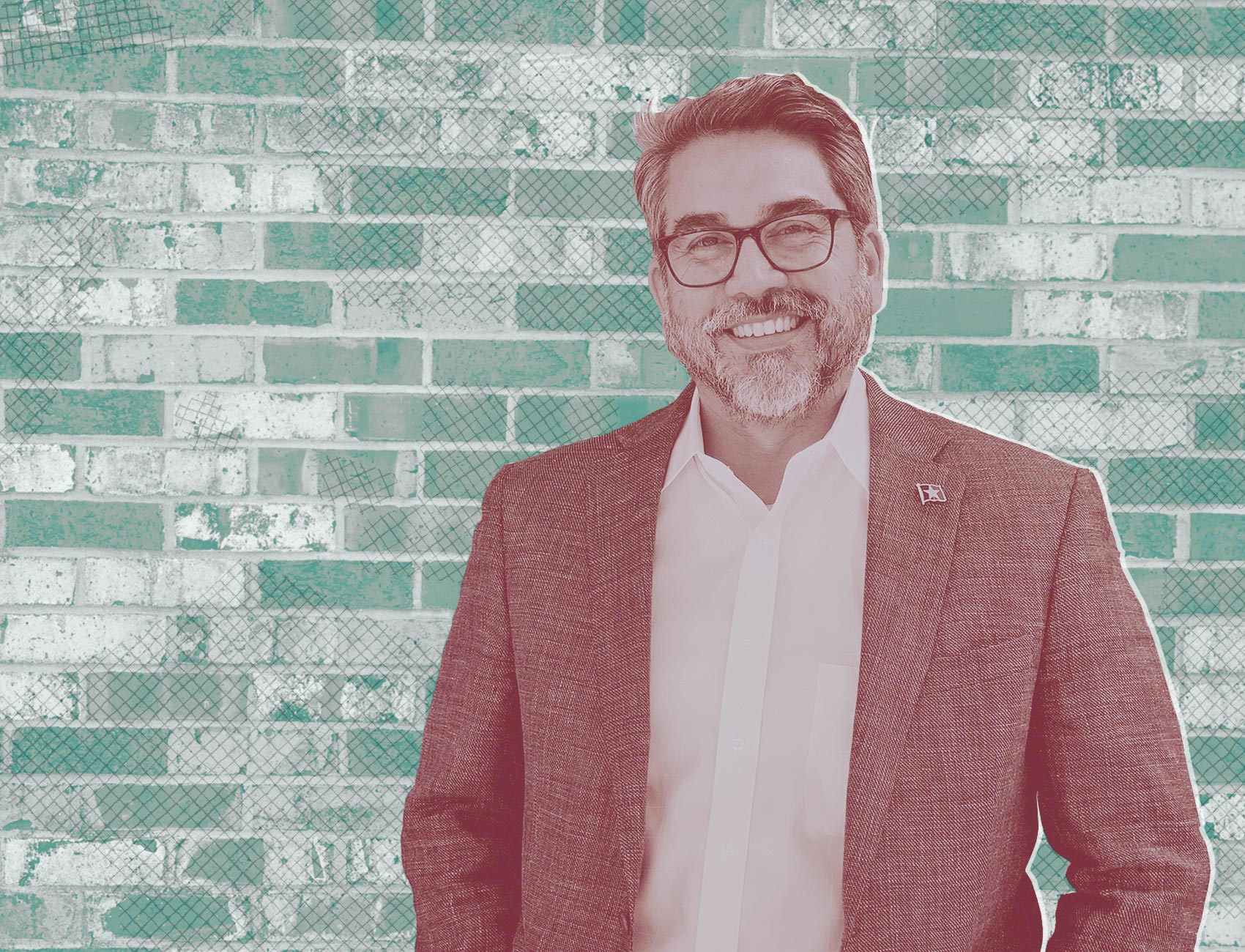Commentary
San Antonio’s Response to Homelessness Is Broken. It’s Time to Put Housing First
Shelters are not meeting people’s needs, and the city is clearing encampments, says City Councilmember Roberto Treviño.

When I drive up to my field office each morning at 8:00 a.m., I often see over a dozen people who have taken refuge in the back parking lot to safely sleep. They notice my truck, begin to wake up, and pack up their blankets. I make sure to greet them each morning, because I’ve learned that something as simple as a “good morning” goes a long way.
No one living on the streets got there overnight. They are there because of trauma, abuse, unaddressed mental health problems, and failed systems. I hear from residents that “some people just don’t want the help.” I strongly disagree with that statement.
Since July, my office has gone forward at full speed to address the housing and homelessness crisis in San Antonio, and to understand what barriers keep people from accepting services. We brought on an intern to help us formulate an approach for addressing individuals experiencing homelessness. We took on a “boots on the ground” approach and had an outreach team meet with folks every day. We encountered situations after hours on a Friday, when weekly resources were unavailable and the only outlet of support left was 911.
And restrictions put in place because of the COVID-19 pandemic have only exacerbated existing and longstanding shelter problems. At the start of the pandemic, Haven for Hope, which can house over 700 people and offers services to about 1,700 people daily, limited access to only those who had previously been on the campus or could prove they were Bexar County residents. The Salvation Army, which can shelter over 200 people, had closed its doors. Restrictions to shelters were put in place to adhere to the health guidelines, which meant less access to safe spaces to take shelter and more individuals displaced on the streets across the city.
Shelters in San Antonio are largely inaccessible to those who need them. They require individuals to be able to care for themselves independently, pass a drug test, and remain sober. This is simply not the case for many who are displaced across the city. In addition to this huge hurdle, there are nowhere near enough available beds to support those who need detox support before entering a shelter. One such facility only has 28 beds—20 for men and eight for women. And the facility does not even specifically help those living unsheltered; it also takes patients in from a local hospital along with residents who are on Medicaid and Medicare.
Without shelters, people turn to encampments. But people living in encampments usually have three days, or 72 hours, to accept services from outreach specialists and outside agencies before their homes are cleared out by the city. People who are distrustful because of their lived experiences are now expected to trust a stranger they’ve just met with an offer to take them “somewhere” else. If they don’t go along, the consequences are to sit across the street and watch as their belongings are swept up and dumped into the belly of large garbage trucks. Any sense of security and property they had has been cruelly and abruptly ripped away from them while they are forced to watch it happen. Where will they go? Now that they have no tent, no place to lay their head, and no belongings, they are now back to square one.
Abatements sweep these folks from one area into another to make it look like the problem was solved, much like children who move the vegetables around their plate to make it look like they ate them.
In February, the city “cleaned out” a mass encampment under Interstate 37 that sprung up during the pandemic. According to outreach workers, the sweep displaced over 100 people, many of whom sat across the street, watching their homes be removed and trashed by solid waste trucks. Some just waited for the cleanup crew to leave and went right back; others moved on. Several individuals from that abatement relocated near my field office, which is approximately six miles from the encampment that was cleared out.
San Antonio needs a housing first approach to support our community experiencing homelessness. Housing first models are successful because they build a bridge of trust and safety between specialists and clients by removing the trauma of being on the streets from the equation. When support services are offered, clients feel safe and then lower their guard, opening themselves up to truly listen.
And the public agrees: A majority of likely voters in Bexar County want the city to provide housing for the homeless and housing insecure. According to a poll by The Lab, a policy vertical of The Appeal, 62 percent of people surveyed said San Antonio should house people in underused hotel rooms, and 70 percent said the city should purchase underused buildings and convert them to housing for people experiencing homelessness.
Living on the streets means you live in a constant vulnerable state. The reality of it is truly overwhelming, especially when one is struggling with substance use and mental illnesses. In speaking with some of the people who have found shelter at my field office, they’ve candidly shared how their substance of choice is an outlet for them to escape their pain and numb them from the realities of their very real circumstances. This difficult state is where outreach specialists find the people who need help desperately.
Roberto C. Treviño is the District 1 representative for the San Antonio City Council. Treviño has served on the city council for six years and has used his time to advocate for better housing and infrastructure support for his community.
